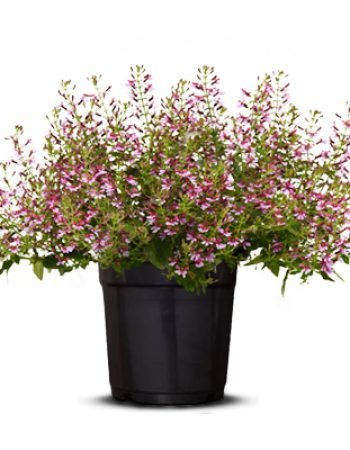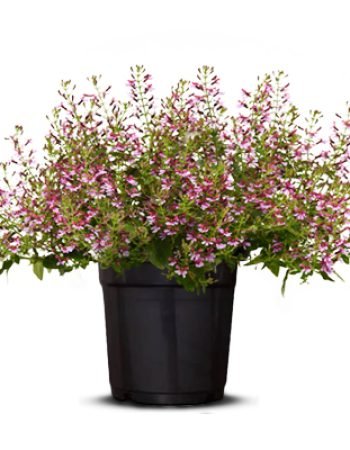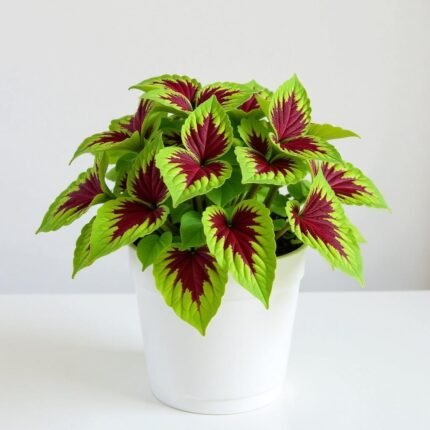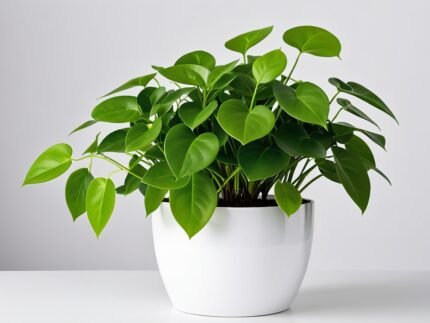Product Description:
Light:
For the best blooming, plant your jacaranda tree in full sun, where it receives at least six to eight hours of sun per day.
Soil:
Jacaranda trees will do best in well-draining, moderately sandy soil with a slightly acidic pH level. It’s also tolerant of clay and loamy soils.
Water:
As a general rule, water your jacaranda tree when the top three to four inches of soil feels dry to the touch. These trees need consistent moisture throughout the year and often require additional watering during high heat or drought periods.
Temperature and Humidity:
Some jacaranda trees can tolerate occasional cold weather days (as low as 20 degrees Fahrenheit), but generally, this species does not thrive in climates with frequently freezing temperatures. This plant prefers heat and humidity but is vulnerable to trunk scald in areas with constant high temperatures.3
Fertilizer:
Feed your jacaranda tree annually with a balanced tree fertilizer, but be careful not to give it too much nitrogen, which can affect flowering. A good fertilizer ratio is 10-10-10 nitrogen phosphorus potassium.
Potting and Repotting Jacaranda Trees:
Container-grown jacaranda trees will need to be planted in containers at least five-gallons in size, using a sandy loam potting mix that drains quickly. The soil should be kept moist but not soggy throughout the active growing season.In the tropics, these trees grow 50 feet tall, outgrowing containers. But in cooler climates, they can be grown as container trees growing to about eight to ten feet,
Propagating Jacaranda Trees:
It’s best to plant the seeds of this tree between fall and early spring. You can also propagate this plant from a stem or branch cutting.
- Use pruning shears or hand pruners to trim off a 1/2-inch to one-inch diameter branch. You’ll also need either a clear jar of water or a pot of moistened soilless potting mix (with perlite), or a sandy, loamy mix.
- Take a cutting from a branch that has grown past the bark and contains healthy buds. Cut it just above a node (the point where the leaf grows from the stem). Make at least a one-inch diagonal cut;
- You can put the cutting in a clear glass or jar of room temperature filtered water until roots form (about two weeks), then plant it into potting soil.
- Place the plant in a bright location but not direct sunlight; direct sunlight can burn or dehydrate the cutting.6
- Once the water-rooted cutting has roots at least one inch long, replant the cutting into a soilless potting mix. After that, do not transplant the cuttings for at least eight months.











